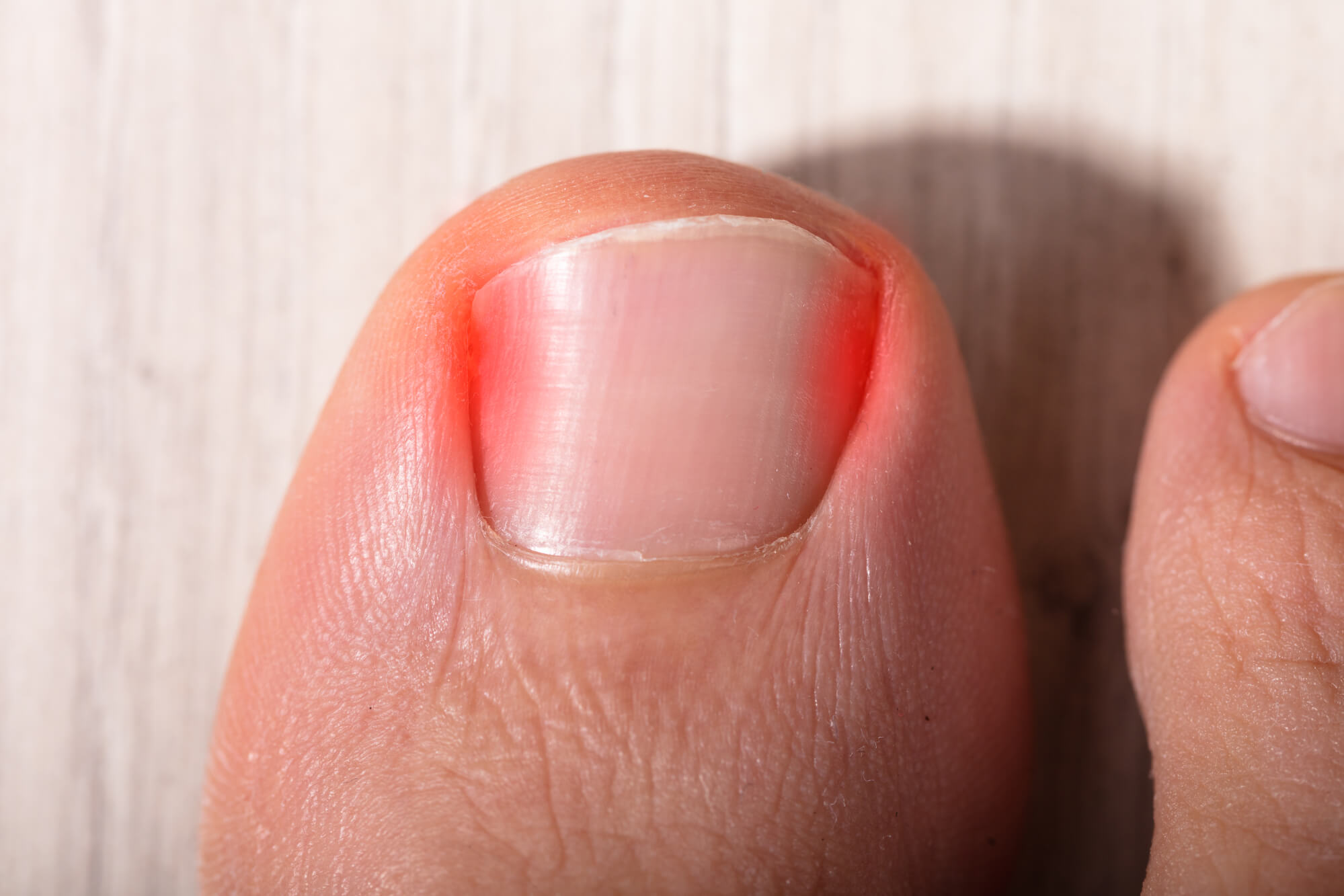When to See a Podiatrist for An Ingrown Toenail
Ingrown toenails can be a painful and uncomfortable foot condition. If you have an ingrown toenail, you may wonder if you need to see a podiatrist. While mild cases of ingrown toenails can often be treated at home, some cases require medical intervention. This article will discuss when you should see a podiatrist for an ingrown toenail and what to expect during your visit.
What is an Ingrown Toenail?
An ingrown toenail is a common condition when the edge of the toenail grows into the skin surrounding the nail. This can cause pain, swelling, and redness and can also lead to infection. Ingrown toenails most commonly occur on the big toe but can also affect other toes.
Symptoms of an Ingrown Toenail
If you have an ingrown toenail, you may experience the following symptoms:
- Pain and tenderness in the affected toe
- Redness and swelling around the nail
- Pus or discharge coming from the affected area
- Difficulty wearing shoes or walking
When to Seek Medical Treatment
While mild cases of ingrown toenails can often be treated at home, there are several situations in which you should see a podiatrist for medical treatment:
When at-home treatments are not effective
Suppose you have been trying at-home treatments for your ingrown toenail, such as soaking the toe in warm water or applying an antibiotic ointment, but have not seen any improvement after a few days. In that case, it may be time to seek medical attention. A podiatrist can assess the severity of your condition and recommend more advanced treatments to help alleviate your symptoms.
When the pain is severe and/or spreading
If your ingrown toenail is causing significant pain or discomfort spreading to other areas of your foot, it is important to see a podiatrist. This may be a sign of an infection or other complication, and prompt medical attention can help prevent further complications.

When there is pus or discharge from the toe
If you notice pus or discharge coming from the affected area, it is important to seek medical attention as soon as possible. This may be a sign of an infection, and prompt treatment can help prevent the infection from spreading.
When the person has diabetes or circulation problems
People with diabetes or circulation problems are at an increased risk of developing complications from ingrown toenails, such as infections or foot ulcers. It is important for them to see a podiatrist regularly to monitor their foot health and prevent complications. A podiatrist can provide specialized care for people with diabetes and circulation problems and help manage any foot-related issues that may arise.
When the toe is severely infected
In rare cases, an ingrown toenail can become severely infected, leading to more serious complications, such as an abscess or bone infection. If you suspect that your ingrown toenail is infected, it is important to seek medical attention as soon as possible.
What to Expect During a Podiatrist Visit
If you decide to see a podiatrist for your ingrown toenail, here is what you can expect during your visit:
Physical examination of the toe
The podiatrist will examine the affected toe and assess the severity of the ingrown toenail. They may also check for signs of infection, such as redness or swelling.
Medical history review
The podiatrist will ask you about your medical history, including any underlying health conditions or medications you are taking. They may also ask about your footwear habits and toenail trimming habits.
Treatment options
The podiatrist will recommend a treatment plan based on the severity of your ingrown toenail. Treatment options may include:
- Antibiotics to treat infections
- Partial nail removal to alleviate pressure and pain
- Surgery (if necessary)

Treatment Options
Antibiotics to treat infections
If your ingrown toenail is infected, the podiatrist may prescribe antibiotics to help clear the infection. It is important to take the antibiotics as directed and finish the entire treatment course, even if your symptoms improve.
Partial nail removal to alleviate pressure and pain
Sometimes, the podiatrist may recommend removing part of the nail to relieve pressure and pain. This is typically done under local anesthesia, and you should be able to go home the same day. After the procedure, you may need to wear a bandage or special shoe for a few days.
Surgery (if necessary)
In severe cases, surgery may be necessary to remove the entire nail or a portion of the nail bed. This is typically done under local anesthesia or sedation, and you may need to stay in the hospital for some time. After the procedure, you may need to wear a bandage or special shoe for several weeks.
Preventing Ingrown Toenails
While not all cases of ingrown toenails can be prevented, there are several things you can do to reduce your risk:
- Wear properly fitted shoes with adequate support
- Cut toenails straight across rather than rounding them
- Avoid tight-fitting socks or stockings
- Keep your feet clean and dry
Conclusion
In conclusion, while mild cases of ingrown toenails can often be treated at home, there are several situations in which you should see a podiatrist for medical treatment. If you are experiencing significant pain, redness, or other symptoms related to your ingrown toenail, it is best to seek medical attention sooner rather than later. With prompt and effective treatment, you can alleviate your pain and prevent further complications from your ingrown toenail. And by taking preventive measures, you can reduce your risk of developing ingrown toenails.

